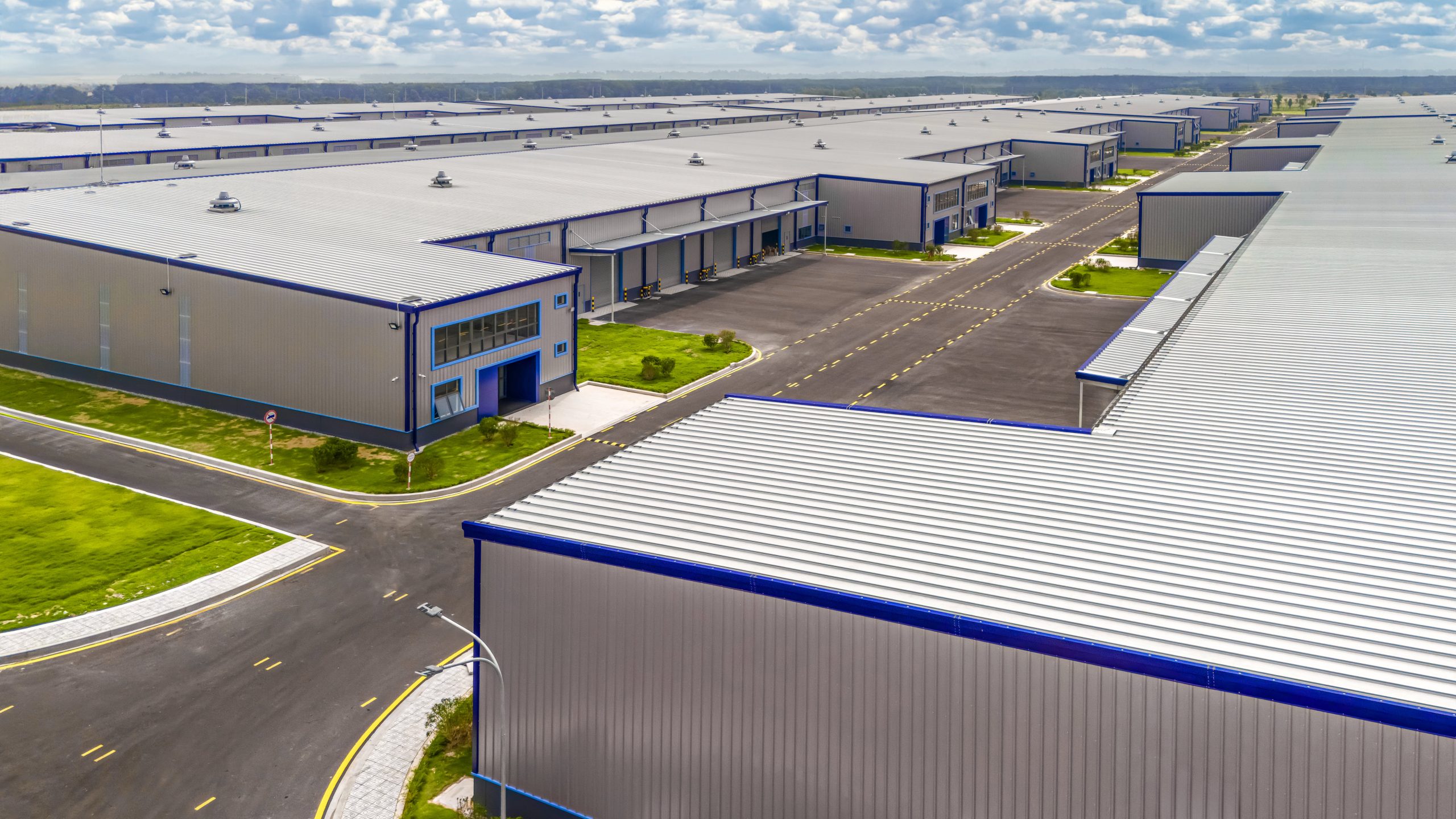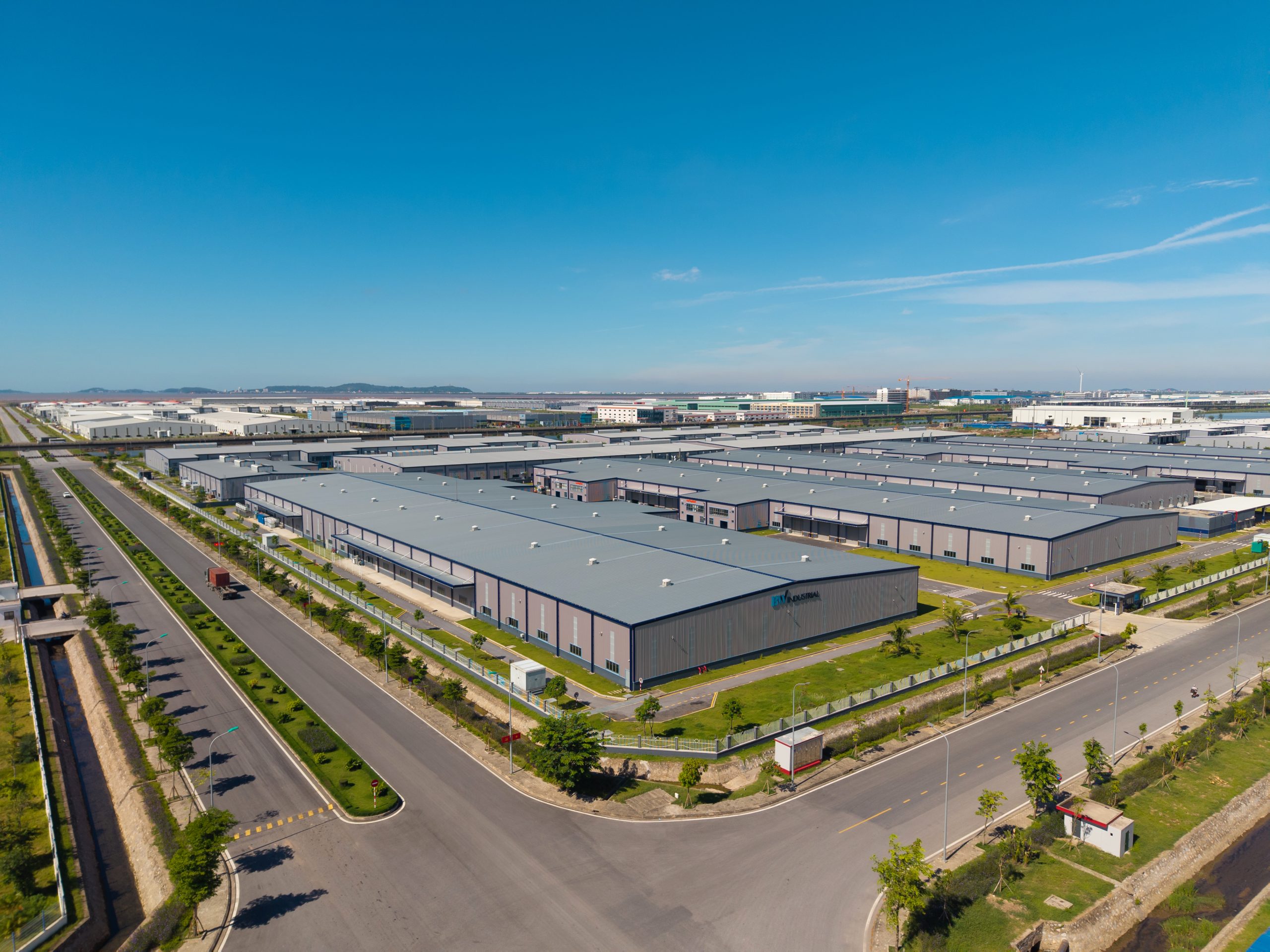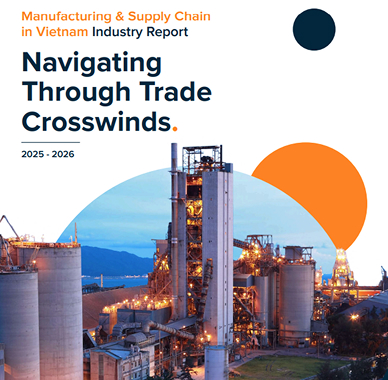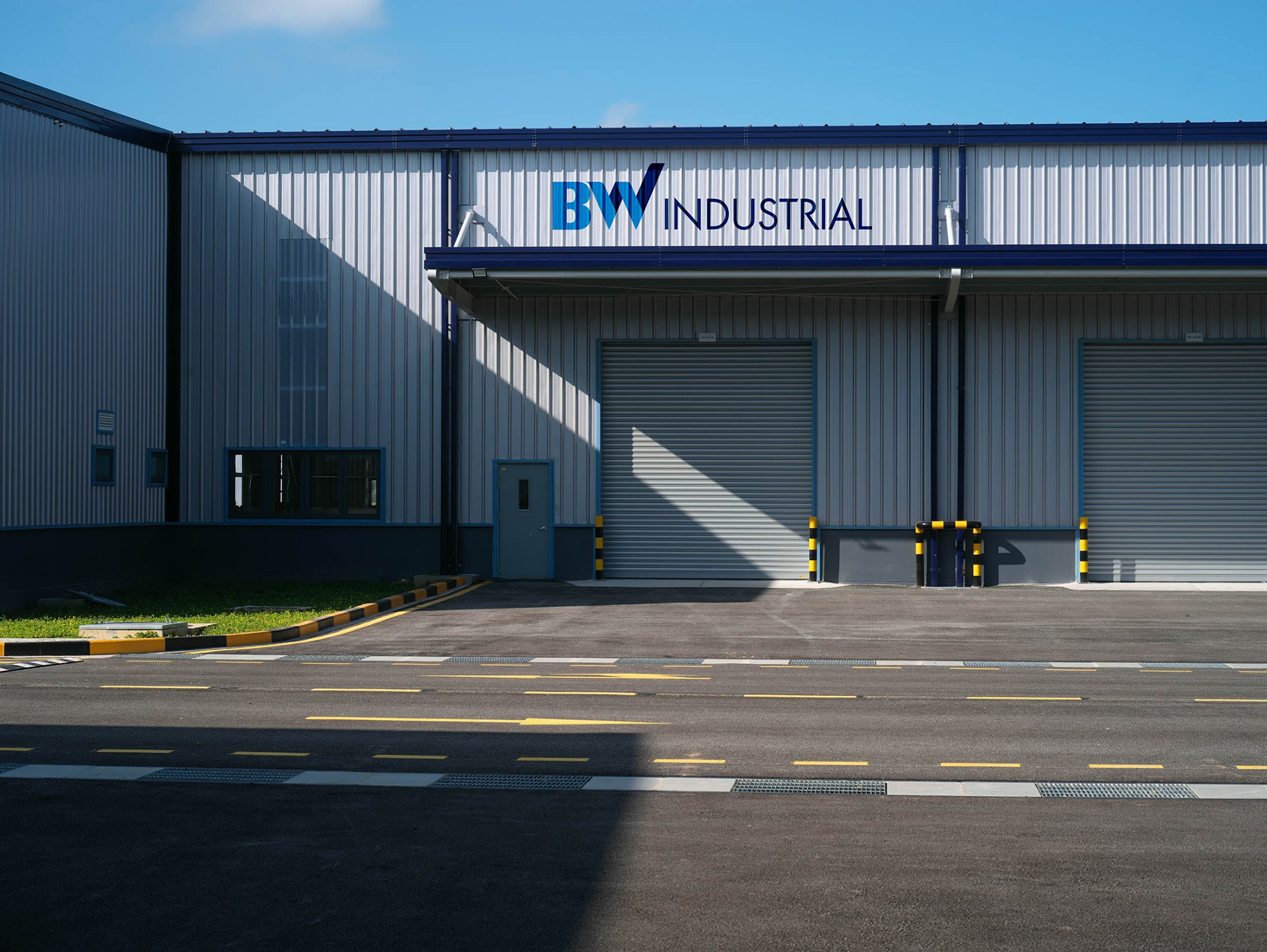Business Environment
Multi-story Developments Gain Traction In Vietnam, Demonstrating Their Suitability As Logistic Platforms
July 1, 2024
As demand for urban industrial space grows, on the back of the e-commerce boom, multi-story warehouses are the next step in urban logistics. In Vietnam, the model is currently gaining traction, with increasing prevalence in several provinces and metropolitan districts, including Ho Chi Minh City, Dong Nai, Binh Duong, Long An, Hai Duong, and Bac Ninh.
The ever-growing demand from tenants in e-commerce, combined with the scarcity of industrial space and the high cost of land in prime locations, bodes well for the future of multi-story buildings for rent in Vietnam, according to experts.
Vietnam’s e-commerce market is predicted to increase by 28%, outstripping the pace of all other Southeast Asian nations, and reach US$40 billion by 2027, according to a report released by Bain & Company and Meta. To keep up with the trend, e-commerce operations would need larger footprints not only for storing more merchandise, but also for additional technology that would facilitate picking, packing and reverse logistics.
Multi-story facilities that satisfy the demands of e-commerce players in terms of vertical space utilization, eco-friendly benefits, and cost efficiency are proving to be suitable logistics platforms in Vietnam.
Furthermore, with Vietnam becoming more deeply integrated in the electronics and high tech value chain, multi-story factories equipped with modern technologies and solutions for waste treatment are increasingly sought after by enterprises in the light and clean industries such as electronics, laboratory, medical equipment, high-end garment, and other hi-tech supporting industries.
At present, Vietnam has 15 high-rise facilities built across the country with close to 800,000 sqm of net leasable area as of Q4, 2022. It is expected an addition of 10 facilities will be opened in the next three years, doubling the total leasable area on the market, according to a special joint research report released by BW Industrial Development JSC (BW) and CBRE in May 2023.
Priding itself as being ahead of the curve, BW has successfully attracted a large number of international and local tenants to its multi-story facilities. Its Tan Dong Hiep B multi-story warehouse in Di An, Binh Duong province, recorded an impressive 75% occupancy rate after only 6 months of operation.
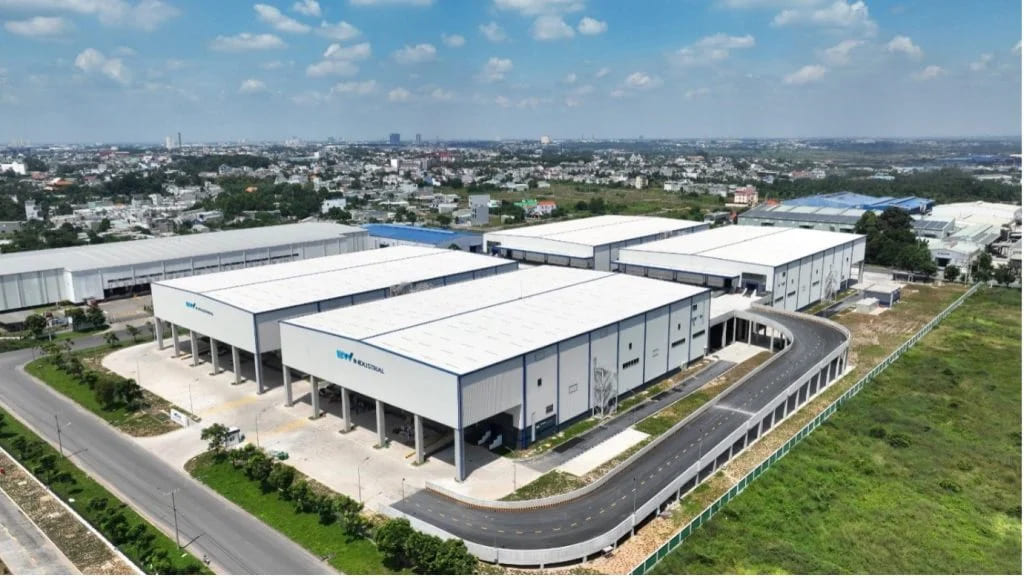
BW’s Tan Dong Hiep B multi-story warehouse reached 75% occupancy after 6-month operation.
Lance Li, CEO of BW, expressed optimism about the prospects of multi-storey facilities, “E-commerce logistics, distribution, and warehousing requirements continue to drive the industrial logistics real estate market. This strong demand is pushing developers like BW to become more innovative when it comes to maximizing their value of assets as well as exploring multi-story facilities in a growing trend that caters to demand for close-in warehousing and distribution.”
“Multi-story factories are particularly well-suited for markets like Vietnam that are in the midst of upgrading technology and moving up the value chain. With flexible leasable areas, these kinds of factories are a good fit for investors looking to start production on a small scale in Vietnam to explore the market before deciding on whether to scale up production and make a long-term investment in Vietnam,” he added.
BW is a joint venture among Warburg Pincus – a leading global growth investor; ESR Cayman Limited – the largest APAC-focused logistics real estate platform; and Becamex IDC, a pioneer developer of large-scale industrial townships in key markets across Vietnam.
Currently, BW owns a remarkable portfolio which comprises 8.0 million square meters of industrial land in prime locations under control across 40 projects in 11 key provinces in Vietnam, with over 3 million square meters of gross floor area (GFA) of completed or under-construction properties.
Experts from CBRE, however, indicated that the multi-story facilities will not completely replace traditional warehouses and factories in Vietnam, at least not within the near future. Factories and warehouses with easy access to the highway system will continue to be prioritized among tenants to save on time and freight expenses.



